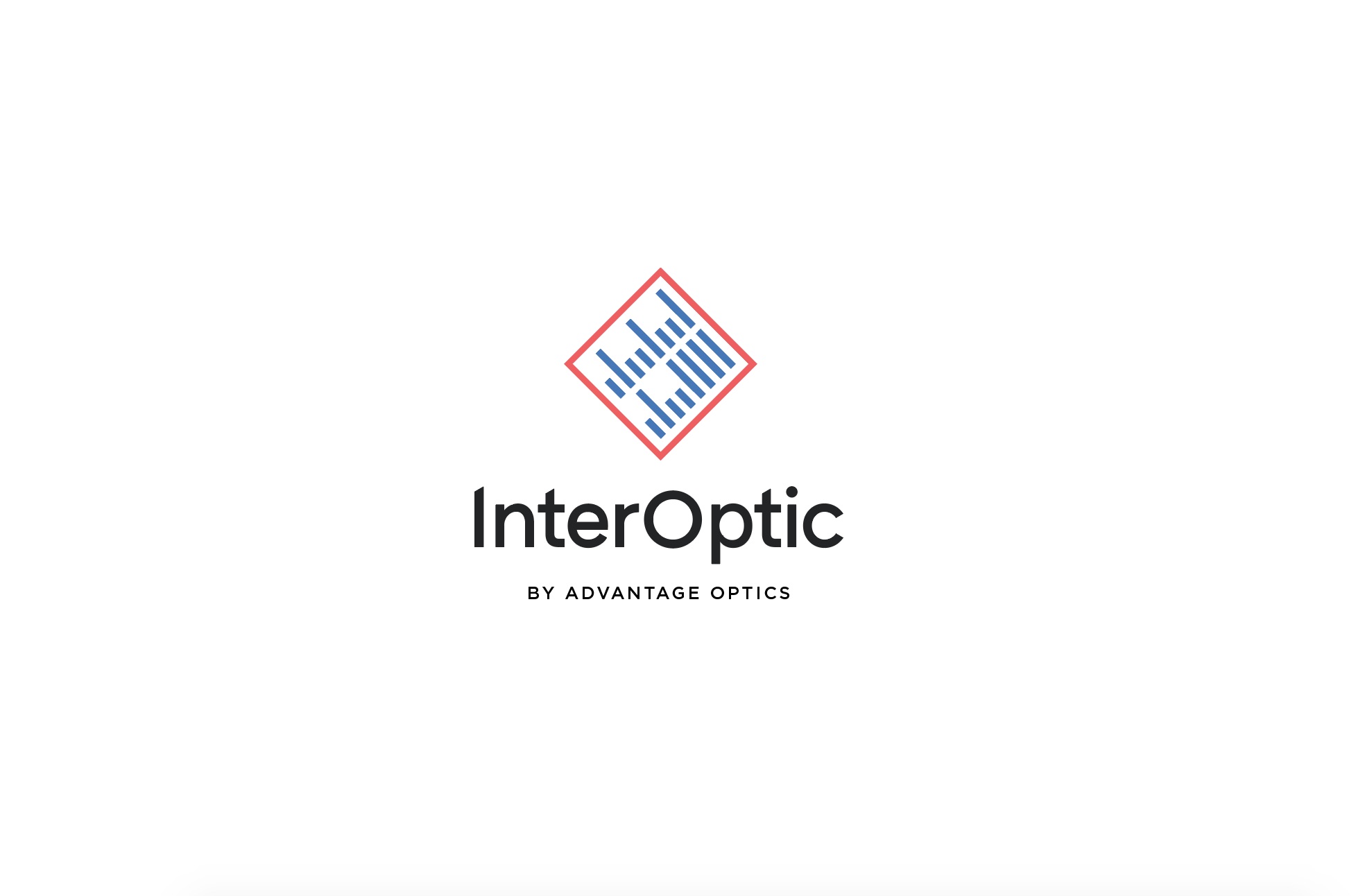
CASE STUDY: How a Leading Brick-and-Mortar Retailer Lowered Cloud Costs to Compete with an Online Behemoth
InterOptic’s Michael Dinan explains how, known for its competitive prices, the retailer discovered that brand-equivalent optics made it possible to lower operating costs without compromising performance.
Background: A Changing Retail Landscape
While this retailer had long dominated the brick-and-mortar space, the increasing popularity of online shopping threatened its future growth. To stay competitive, the company had to make its online shopping experience as convenient and effective as its competitors’ by building entirely new infrastructure to host its e-commerce platforms.
While a Cloud-based solution may be able to help the retailer meet its performance goals, the problem was that using or building net new Cloud infrastructure could increase operating costs, which, if passed on to customers, would threaten one of the retailer’s key value propositions.
Challenge: Stay Competitive without Raising Prices
The retailer had to find a way of increasing its online presence to compete with companies like Amazon in the “click-and-mortar” space. In addition to strengthening its e-commerce offerings, the retailer had to increase capacity for many back-end applications.
That meant adding huge amounts of compute capacity to its data centers. The challenge became figuring out how to build the necessary infrastructure while staying cost-competitive and not jeopardizing performance or using platforms that have zero tolerance for downtime.
Solution: Cut Costs (Not Performance) with Brand-Equivalent Optics
The retailer worked with Microsoft to develop a “private Cloud” solution that would meet the needs of its e-commerce functions, financial constraints, and other critical requirements. Because the online retail platform was being built using multiple vendors, the retailer needed an optics provider that would support all of them.
Enter InterOptic. The retailer was initially attracted to InterOptic because its products offered a significant cost savings compared to the OEMs and because InterOptic’s transceivers could support multiple vendors across all of its data centers.
To evaluate whether InterOptic’s transceivers were up to the OEMs’ performance, the retailer ran several tests and discovered that the brand-equivalent optics performed exactly as well as the OEM products. InterOptic’s optics did not affect network monitoring tools, nor did they affect OEM warranties or the technical assistance center.
This was a huge win because optic interfaces account for the majority of costs in any network infrastructure build and OEM optics could be seamlessly swapped out for cost-reduced brand-agnostic equivalent optics. This enabled the retailer to build out a cost-effective and resilient “private Cloud” to host its e-commerce applications and platforms.
Outcome: Lower Costs, Faster to Market, Greater Resiliency
In addition to maintaining performance requirements, choosing brand-equivalent optics allowed the retailer to scale and deploy capacity to compute (that is, the ability to host applications and platforms) faster. That’s because InterOptic’s lead time for device delivery can be anywhere from same day up to six weeks, compared with 12 to 14 weeks for OEMs.
Just as important, having InterOptic transceivers means the retailer has greater flexibility in sourcing and supporting multiple IT vendors.
Want to Learn More?
For more insight into how InterOptic can help large retailers manage network costs while enjoying performance that lets them compete with the behemoths of online retail, contact Michael Dinan.
Phone: 207-233-8571
Email: mdinan@interoptic.com


